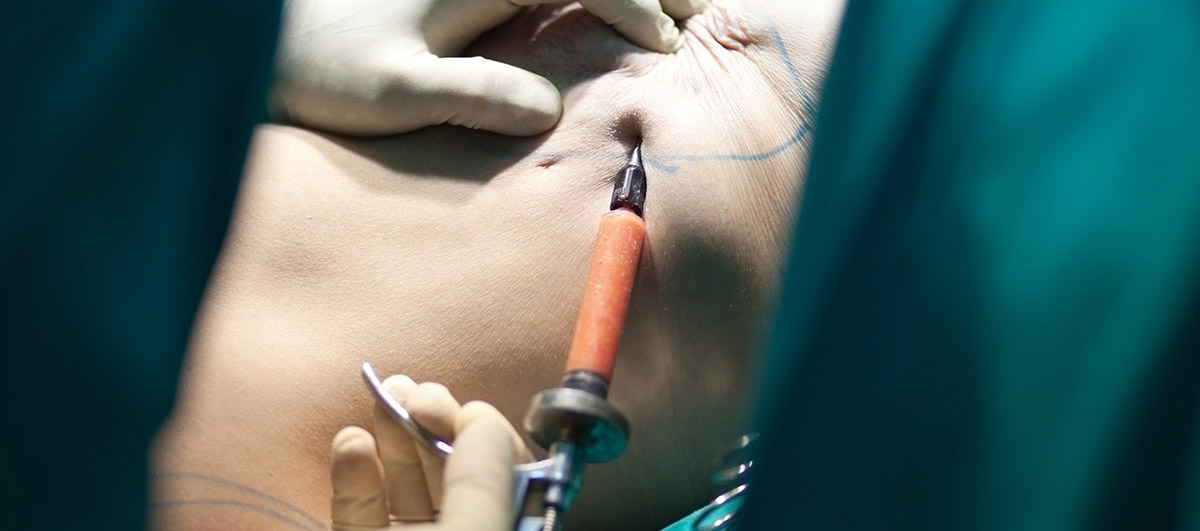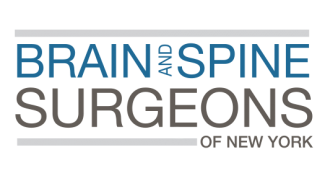
Breast Cancer Reconstruction

Surgical breast reconstruction is performed to restore the chest to a normal appearance in shape and size after a mastectomy or lumpectomy due to breast cancer. It is also an option to restore a breast damaged by trauma or a birth defect.
In recent years, advanced technologies in breast reconstruction surgery have made it possible for you to feel complete and attain natural-looking breasts even after they have been removed. This surgery can include a few procedures and various stages that can either be performed at the same time as your cancer treatment or delayed until a later date. BSSNY plastic surgeons will create an individualized treatment plan and uses a compassionate approach as they work with you to restore your appearance and confidence.
Surgical Techniques
There are a variety of techniques available today for breast reconstruction. The recommended technique will depend on many different factors your surgeon will consider as he/she determines which technique will produce your best results. Some of these factors include cancer diagnosis, reconstruction timing, whether you will use natural tissue or implants, and if nipple-sparing or nipple reconstruction is a part of the process.
Flap Procedures
In order to rebuild the breast, there must be enough tissue to adequately cover the breast mound. Flap procedures accomplish this by using your own skin, fat, and muscle to create, cover, and build the mound. The most common flap techniques are:
TAP/TDAP Flap
A TAP flap may be useful for small defects, such as in breast conservation and lumpectomy patients. The thoracodorsal artery perforator (TAP or TDAP) flap uses the tissue from the side of the breast and the back. Typically, a TAP flap is used to augment the volume of the breast and to create a more contoured effect.
TRAM Flap
This method uses skin, fat, and muscle from your stomach to create the breast. The tissue used to create the new breast can be detached from the abdomen or it may remain attached to the donor location, maintaining the original blood supply.
DIEP Flap
Like a TRAM Flap, a DIEP Flap removes fat, skin, and blood vessels from the lower stomach, but it doesn’t take the muscle. The DIEP (deep inferior epigastric perforator) flap removes fat and skin from the belly to form the breast mound then uses microsurgery to attach the blood vessels to the chest.
TUG (Transverse Upper Gracilis) Flap
During TUG flap surgery, a flap of skin, fat, muscle, and blood vessels from your upper thigh is used to reconstruct the breast. Your BSSNY surgeon carefully reattaches the blood vessels of the TUG flap to the blood vessels in your chest using microsurgery.
Latissimus Dorsi Flap
This method uses muscle, skin, and fat from your back. During this procedure, tissue is moved from the back to the mastectomy site through a surgically created tunnel and remains attached to the donor location, which leaves the original blood supply intact.
PAP Flap
Another flap alternative is the PAP (Profunda Artery Perforator). This technique takes skin, fat, and muscle tissue from your inner thigh to create your breast(s).
LTP Flap
While the TRAM flap tends to be one of the more common methods used during reconstruction, sometimes there is not enough muscle, skin, and fat that can be taken from the abdominal area. In these situations, the LTP (Lateral Thigh Perforator) Flap may be used, which takes tissue from the lateral thigh area.
Gluteal Flap
The gluteal flap uses tissue from the top of the buttocks to create breast tissue. This is usually performed with patients who do not have adequate skin and tissue in their abdomens, or have had previous abdominal surgeries that may have interfered with blood vessels.
Composite Flap
Also known as a composite stacked flap, this method combines flaps from different areas on your body to reconstruct the breast.
Pedicled Flap
In this flap procedure, tissue is moved from one area of the body, such as the back or abdomen, to the chest to form a new breast mound. The tissue flap, along with its blood vessels, stays connected to the body and is passed through a tunnel under the skin to the chest.
Free Flap
Other Reconstruction Techniques
Reconstruction with Breast Implants
One type of breast reconstruction uses breast implants — teardrop-shaped silicone devices filled with silicone gel or saltwater (saline) — to reshape your breasts. This type of breast reconstruction begins with the placement of a breast implant or tissue expander, either at the time of your mastectomy (immediate reconstruction) or during a later procedure (delayed reconstruction). Breast reconstruction often requires multiple operations, even if you choose immediate reconstruction.
Your plastic surgeon places the implant either behind or in front of the muscle in your chest (pectoral muscle). Implants that are put in front of the muscle are held in place using a special tissue called acellular dermal matrix. Over time, your body replaces this tissue with collagen.
Reconstruction with Tissue Expander
While flap procedures are usually successful and a common method used in breast reconstruction, you may be able to rebuild your breast(s) with tissue expansion. This involves placing a tissue expander under the breast wall and then slowly filling it with saline over the course of 4 – 6 months until the skin is properly stretched.
Reconstruction with Subcutaneous Tissue Transfer
Breast reconstruction using a tissue transfer is a surgery performed after a mastectomy that uses subcutaneous tissue (the deepest layer of skin made of connective tissue and fat) from another part of your body (called the donor site) to create a new breast. The donor site is typically your abdomen (belly), back, buttocks, or inner thigh. This surgical technique is usually used in conjunction with a flap procedure.
Nipple Reconstruction
Nipple reconstruction surgery is a procedure that uses skin from the area of the breast where the nipple will be located to form a new nipple. Later, the reconstructed nipple may be tattooed to add color and to create the areola. The main advantage of nipple reconstruction surgery is that the nipple will project out from the breast, giving the breast a more natural look.
Reconstruction with Oncoplastic Reduction
When a large lumpectomy is required that will leave the breast distorted, the remaining tissue is sculpted to realign the nipple and areola and restore a natural appearance to the breast shape. The opposite breast will also be modified to create symmetry. Oncoplastic reduction allows large-breasted women to have the same breast tissue removed as they would with the lumpectomy. In addition, the oncoplastic reduction is followed by radiation, just as the traditional lumpectomy would be so there is no compromise in cancer care.









